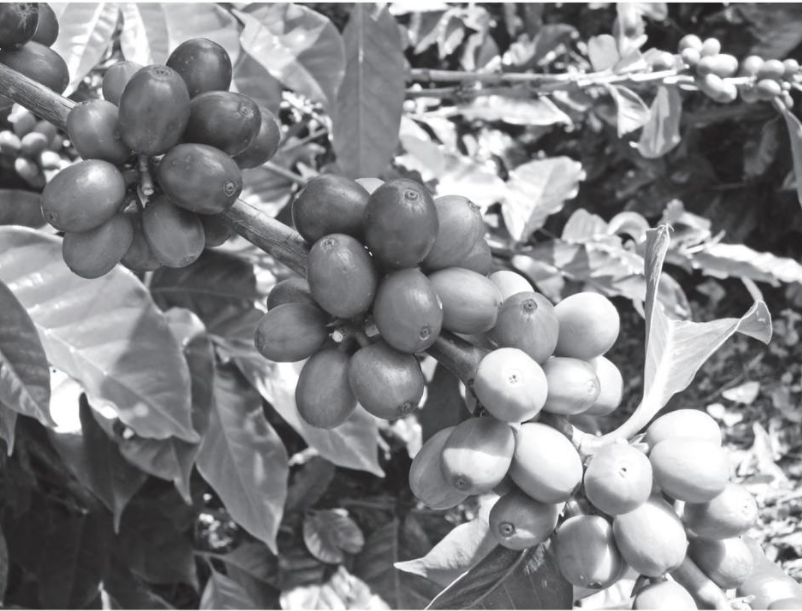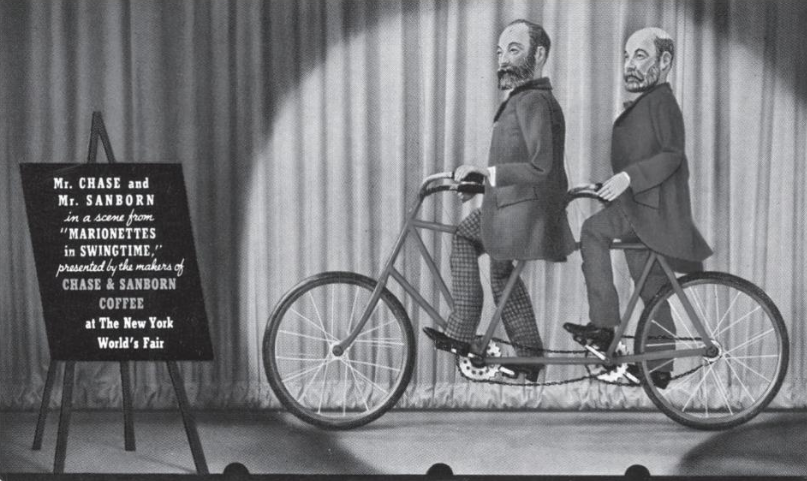People have used the coffee bean as an energy source for over a thousand years. The discovery of coffee originated in Ethiopia, and it quickly spread throughout the Middle East and Africa before making its way into Europe, Asia, and the Americas. The rise of craft coffee developed out of centuries-old love and appreciation for the humble bean.
According to coffee lore, an Ethiopian goat-herder from the 9th century noticed the effects of the plant on his goats after they nibbled on the beans. He reported that the animals were more energetic and didn’t want to sleep at night. He tried the plant himself with similar results, and his fellow villagers took note of the remarkable attributes of the edible fruit.

The caffeinated discovery took hold quickly, and coffee made an early introduction in fifteenth century Yemen. However, the beverage didn’t make its way to the Americas until the seventeenth century, likely by way of the British government, after they acquired the New York colony from the Dutch.
As coffee became a popular household good throughout the world, the quality of the beans and the different roasting and brewing processes became entrenched in cultures throughout the globe.
The First Wave of Coffee in America
In the 1800s, Folgers and Maxwell House became household names in America as consumers started demanding pre-roasted, ground coffee at an affordable price. Coffee sold in durable canisters or paper bags became a staple of the American workforce. From industrial workers in large cities to the cowboys running long cattle drives in frontier territories, Americans relied on coffee to power their days.
Known as the first wave of coffee, consumption of the beverage skyrocketed from the 1800s until the beginning of World War II. Imaginative entrepreneurs developed features like vacuum packaging, instant coffee, home coffee makers, and powdered creamers to help fuel the market.
Consumers did not prioritize quality, but they loved the convenience of the product. By 1940, the United States imported 70% of the world’s coffee, which continued to grow year after year.
The Second Wave
The second wave lasted for about thirty years, after Starbucks Coffee opened its Seattle doors in 1971, attempting to build on the success of Peet’s Coffee in Berkeley, CA.
As the coffee shops grew in popularity, consumers became more interested in the coffee’s origin, roasting style, and brewing process. Americans started exploring espressos as well as exotic brews from all over the world.
Coffee culture started to become a social experience shared by many people. Baristas began to approach coffee as a craft, educating the public about the product and the brewing process.
The Third Wave
The third wave came along in the early 2000s with the rise of craft coffee, focused less on marketing, and more on coffee appreciation.
The students of the second-wave baristas, educated in the finer points of coffee, began to view the process from coffee cultivation to consumption as a culinary art. Small, independent coffee shops worked at perfecting their individual craft and educating the consumer about the market.
Craft Coffee Today
These days, craft coffee has become as much a part of American culture as locally brewed craft beer.
Though most think of the West Coast as the epicenter, New York City has a commendable history of coffee consumption and a thriving scene of adept professionals who continue to elevate the experience. In September, the city will host the Craft Coffee Festival which offers an immersive coffee experience, featuring unique beans and exciting flavor profiles.

Outside the Big Apple, New Orleans, Portland, Austin, Honolulu, and Washington, D.C. all rank in the top ten best cities for coffee, with thousands of coffee shops and independent roasters supporting and transforming the industry.
What’s Brewing Next?
Craft coffee considers the flavor and origin source of each bean and employs innovative brewing techniques to concoct the perfect cup that will satisfy the skilled palettes of enthusiasts across the country. We’re excited to see where the next innovation will take the industry!

